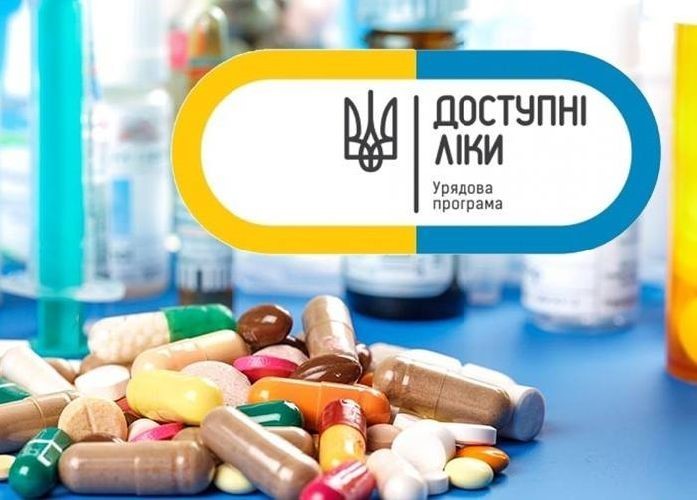Speeches Shim

January 2018—Until recently, about half of all Ukrainians requiring medicine to treat various ailments refused or postponed treatment because they could not afford the cost of the prescriptions. While Ukraine’s Constitution guarantees free medical services, pharmaceuticals are not included, and most citizens pay out of pocket.
According to a recent USAID survey, 43 percent of Ukrainians have had to borrow money or sell assets to afford medical treatment.
A government program launched in April 2017 has made several crucial prescription medications more affordable and accessible to Ukrainians. The National Affordable Medicine Reimbursement Program has already saved Ukrainians about $28 million by extending national medical coverage to include heart, asthma and diabetes drugs.
The program was developed with critical support from USAID and is a key component of the 2015-2025 Ukraine Health Reform Strategy, which makes certain essential medicines either fully or partially reimbursable, enabling patients to get their prescribed medication at more affordable prices.
A major challenge in bringing the cost of medicines under control was to develop a pricing model to use as a baseline when establishing reimbursement costs for specific prescription drugs. The Ministry of Health and USAID turned to Ivan Loboda, a medical procurement specialist, who developed a model using reference pricing from nearby European countries.
Today, to be eligible for prescriptions at a reduced price, a Ukrainian must receive a prescription from his or her primary care physician—not a local hospital, as is the more common practice in Ukraine—and the prescription must be filled at a designated pharmacy participating in the reimbursement program. To date, nearly 6,200 pharmacies (one-third of all pharmacies in Ukraine) are participating in the program.
Besides providing a direct benefit to heart, asthma and diabetes patients, the program provides an advantage to domestic pharmaceutical companies that can manufacture drugs more cheaply than their international counterparts. When a company is able to lower the price of the medicine below a certain threshold, the customer receives the medicine for free, which in turn raises demand for that specific drug.
“In the beginning, I faced a lot of skepticism from patients, doctors and other stakeholders,” said Loboda.
In fact, early press reviews evoked skepticism that a reduced pricing system was sustainable and could result in real change. But the public quickly accepted the new system as patient groups began to see that it was resulting in more widespread use of the lifesaving drugs. A survey of patient advocacy groups taken in April-May 2017 indicated that nearly 90 percent of respondents were happy with the drug reimbursement initiative.
Today Loboda is working on further improvements to Ukraine’s medical procurement system, including implementing an electronic prescription system; a pilot is expected to launch by the end of February. If successful, the system would eliminate paper prescriptions and produce reports to provide the Ministry of Health with accurate statistics and information about which diseases are dominant in which oblasts, and to improve budget spending. Patients, who will be notified of which pharmacy has their medication, will no longer have to worry about losing their paper prescription. The system will also save doctors time and allow them to more easily monitor previously prescribed treatments.
USAID recently launched a new Safe, Affordable, and Effective Medicines for Ukrainians (SAFEMed) project. Among other goals, it will further assist the Ministry of Health with the reimbursement program, including providing legal revisions and updates to the system’s framework and creating indicators to monitor reimbursements.
LINKS
Follow @USAIDUkraine, on Facebook

Comment
Make a general inquiry or suggest an improvement.